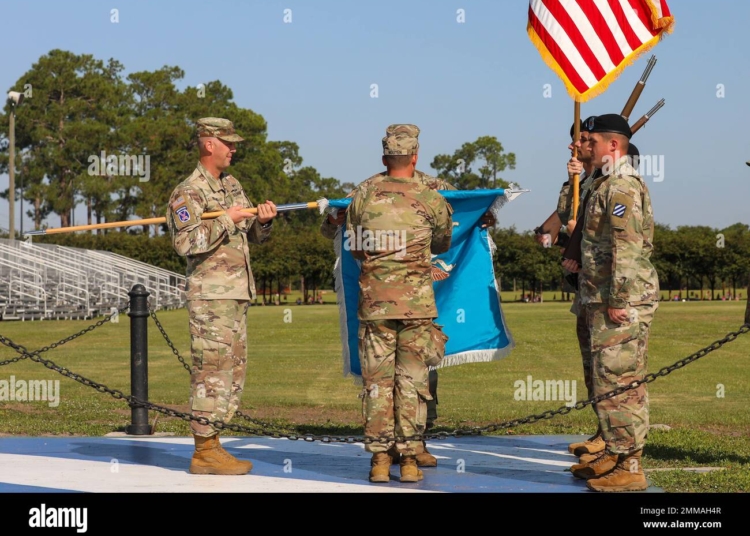Flags have served as symbols of authority, pride, and unity for centuries, with the military holding a special significance for these emblems. The guardians of the colors, known as color guards, fulfill the important role of carrying and protecting the flag during ceremonies and events. One of the most sacred rituals performed by the color guard is the flag ceremony, which involves precise movements in raising, lowering, and folding the flag with reverence. The careful folding of the flag symbolizes different aspects of American history and values, with each fold accompanied by an explanation. The presentation of the flag to a designated individual, followed by the retiring of the colors, serves as a tribute to the sacrifices made by those who have served. These rituals and ceremonies, steeped in tradition and history, highlight the dedication and commitment of the color guard in upholding the honor and integrity of the flag for future generations.
Guardians of the Colors: Unraveling the Sacred Rituals of Military Flag Ceremonies
For centuries, flags have been used as symbols of authority, pride, and unity. In the military, flags hold a special significance, serving as emblems of the unit’s history, values, and traditions. The guardians of these colors are tasked with upholding the honor and integrity of the flag through sacred rituals and ceremonies that have been passed down through generations.
The Role of Guardians
Guardians of the colors, also known as color guards, are a select group of military personnel responsible for carrying and protecting the flag during ceremonies and other official events. These individuals are carefully chosen for their discipline, precision, and commitment to upholding the values of the military branch they represent.
The Flag Ceremony
One of the most sacred rituals performed by the color guard is the flag ceremony. This ceremony involves the raising, lowering, and folding of the flag in a precise and dignified manner. Each movement is executed with precision and reverence, symbolizing the respect and honor that the flag commands.
The Folding of the Flag
One of the most important aspects of the flag ceremony is the folding of the flag. This ritualized process involves a series of precise folds that symbolize different aspects of American history and values. Each fold is accompanied by a spoken explanation, highlighting the significance of each fold.
The Presentation of the Flag
Once the flag has been folded, it is presented to a designated individual, often a veteran or family member of a fallen soldier. This presentation is a solemn and respectful gesture, symbolizing the gratitude and appreciation for the sacrifices made by those who have served their country.
The Retiring of the Colors
At the end of the ceremony, the flag is retired in a final tribute to its significance. This involves the lowering of the flag, followed by a moment of silence and reflection. The flag is then carefully folded and stored away until the next ceremony.
The Legacy of the Colors
The rituals and ceremonies performed by the color guard are steeped in tradition and history, dating back to the earliest days of the military. These ceremonies serve as a reminder of the sacrifices made by those who have served their country and a tribute to the values and ideals that the flag represents.
Conclusion
The guardians of the colors play a vital role in upholding the honor and integrity of the flag through their sacred rituals and ceremonies. Their dedication and commitment to preserving the traditions of the military ensure that the flag remains a symbol of pride, unity, and sacrifice for generations to come.













